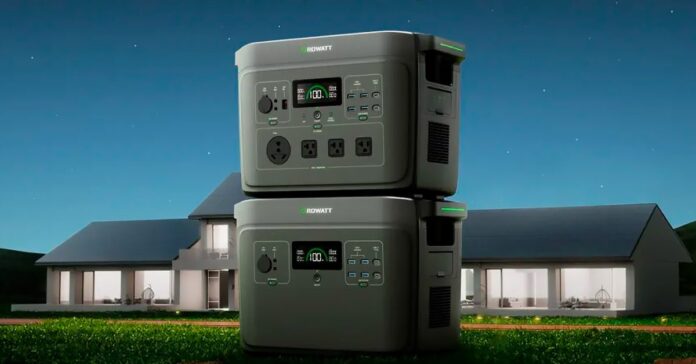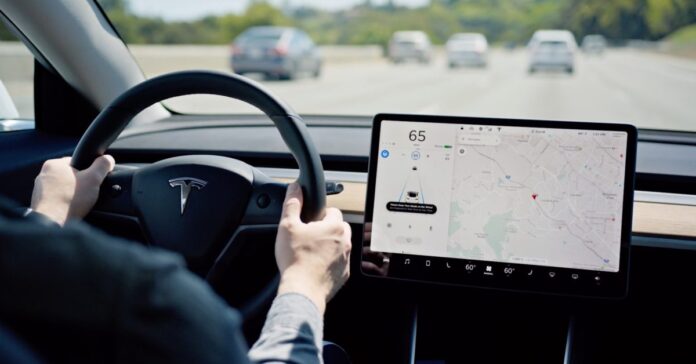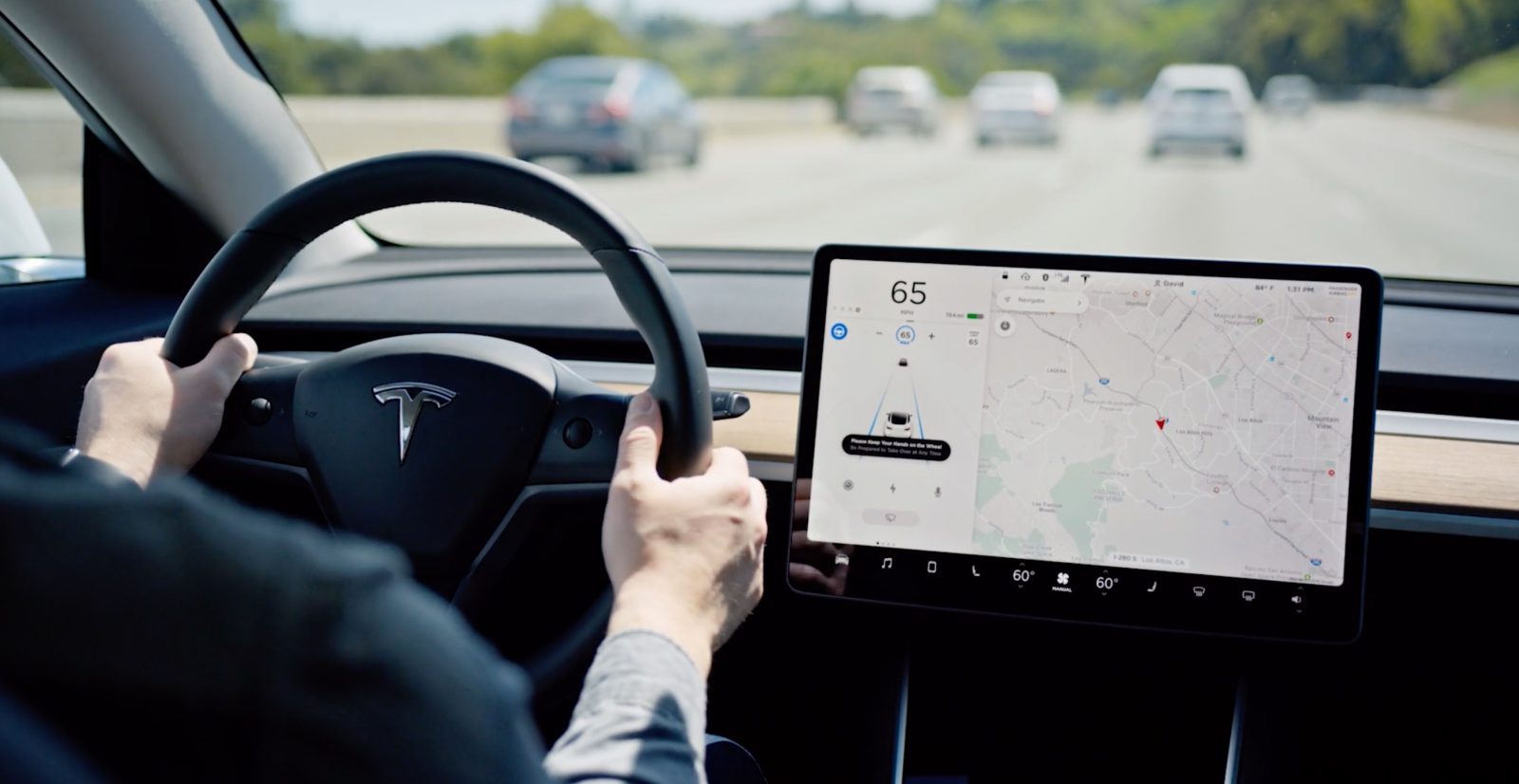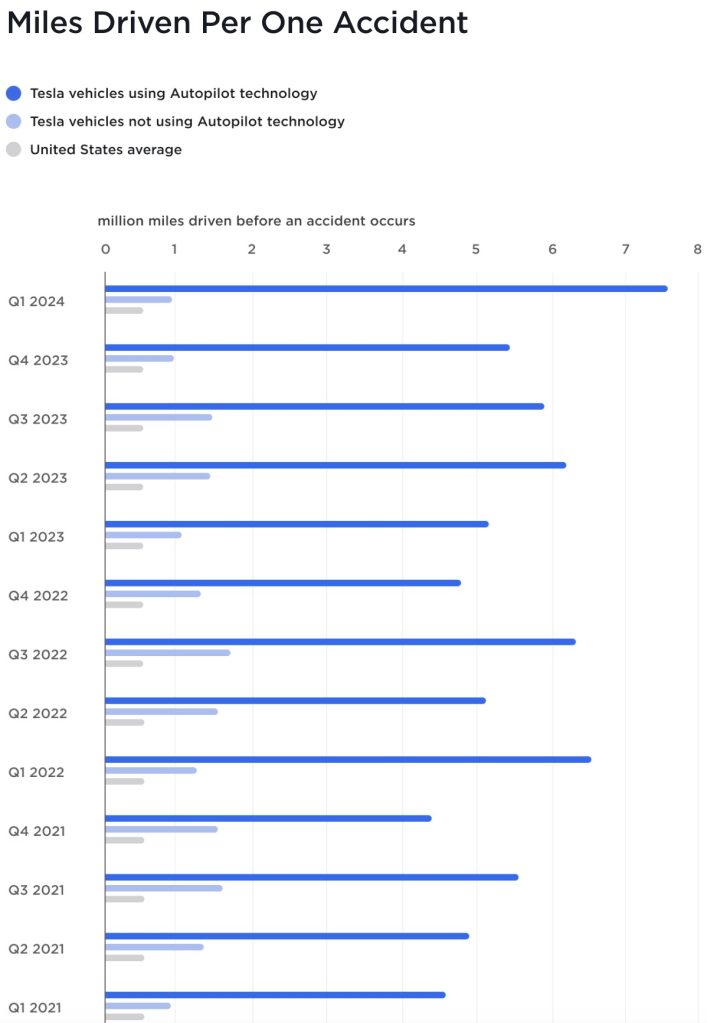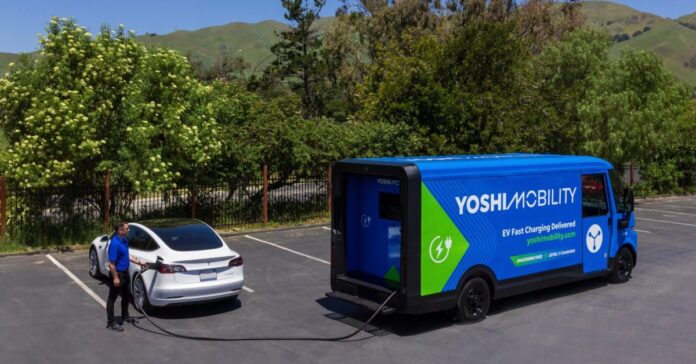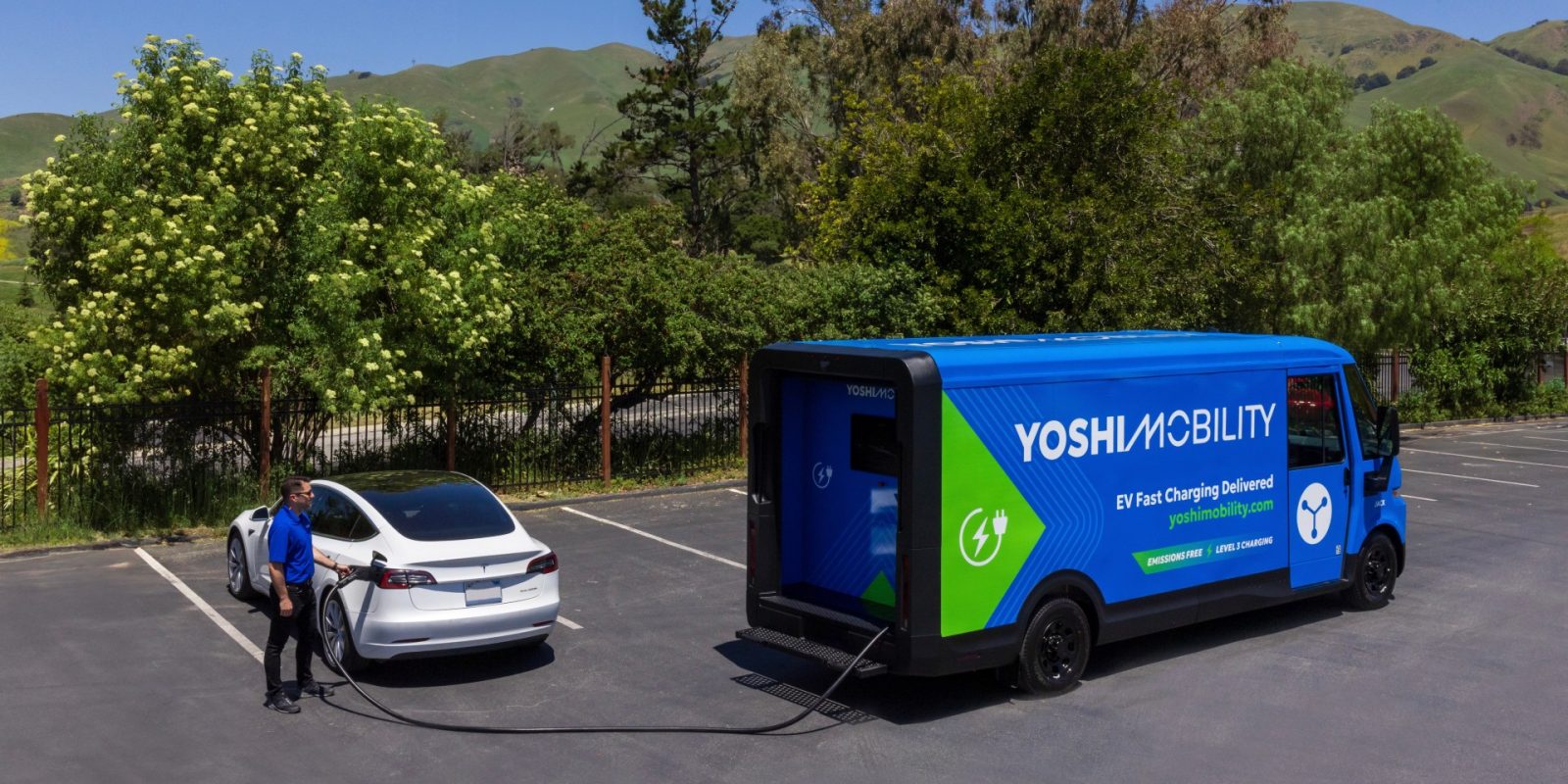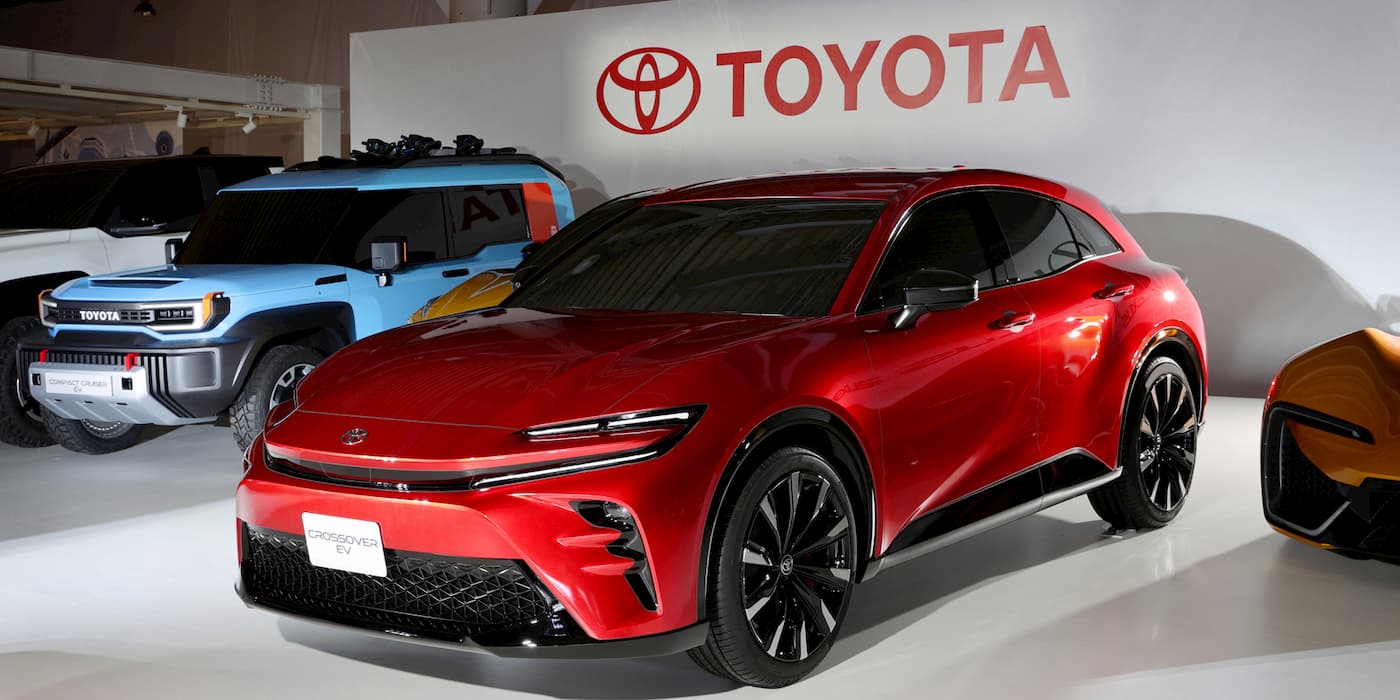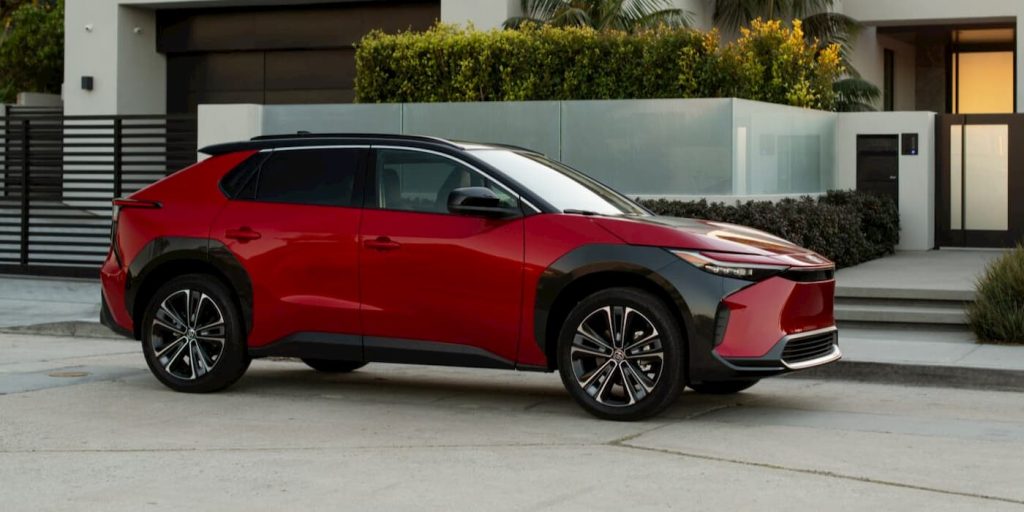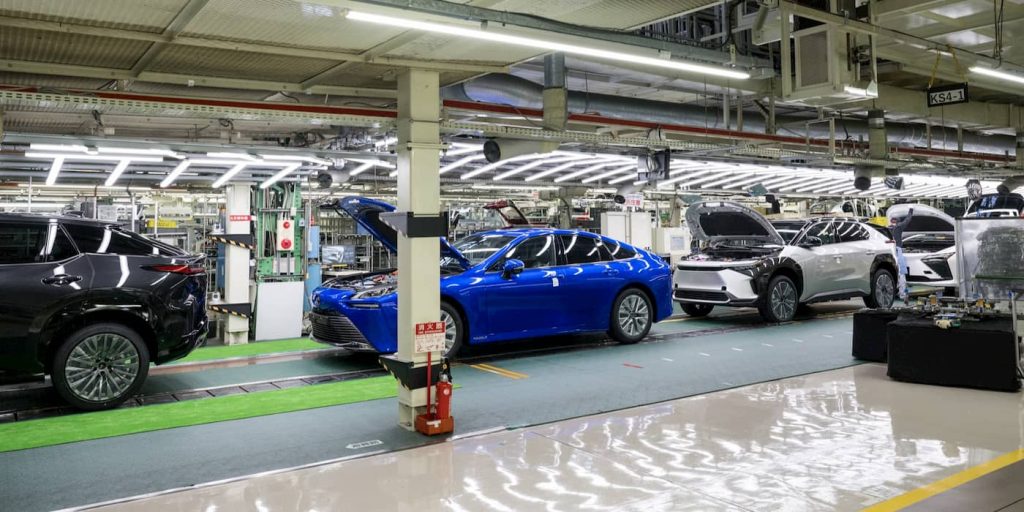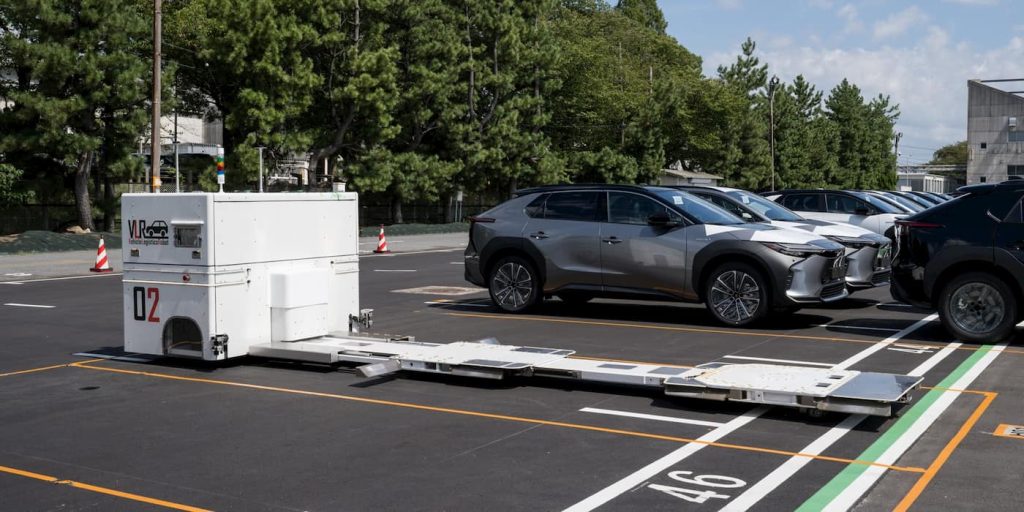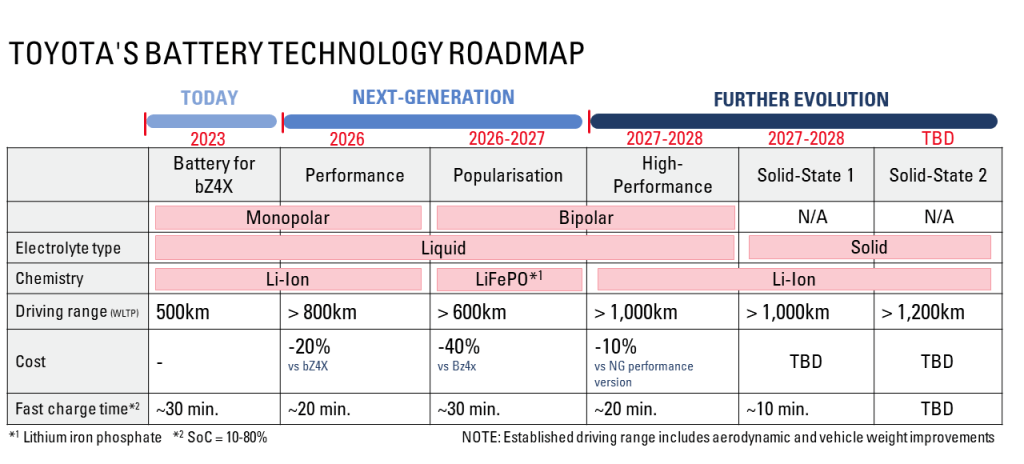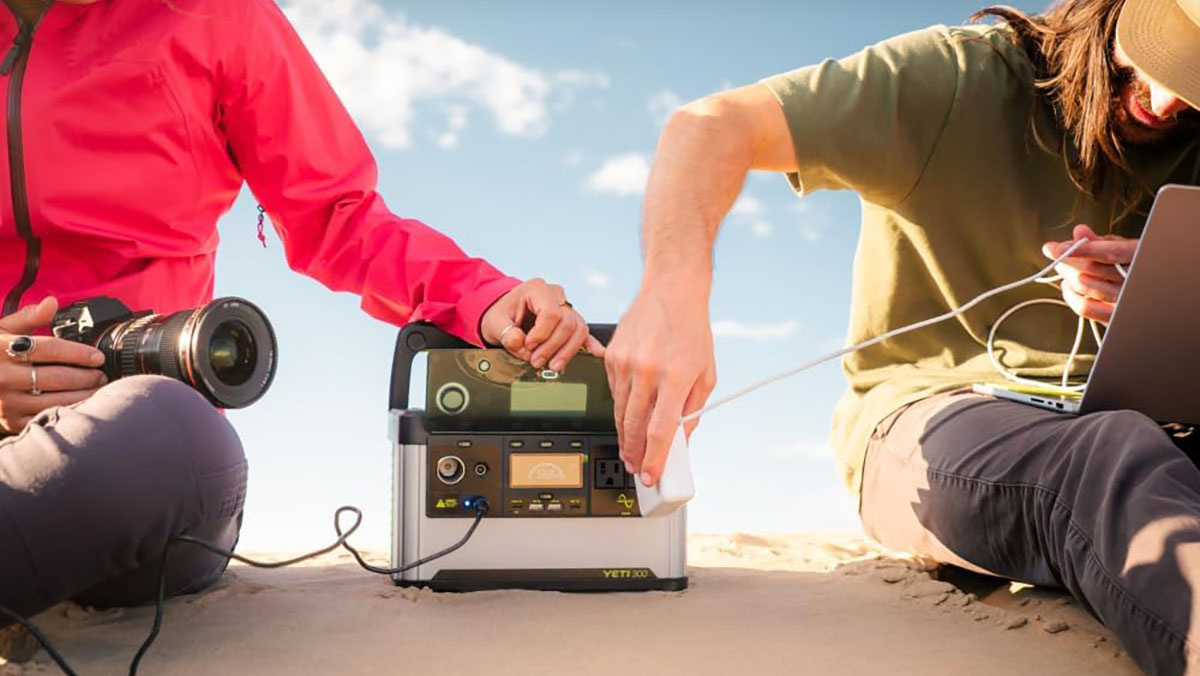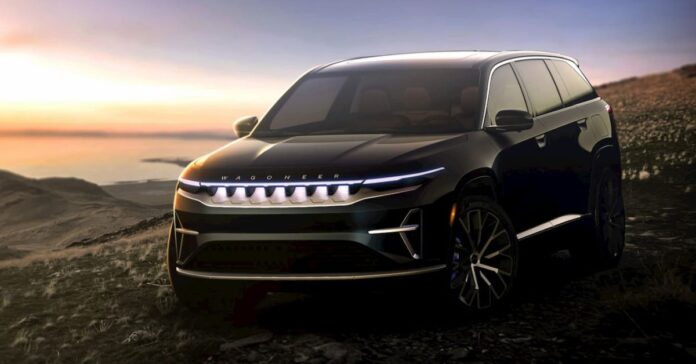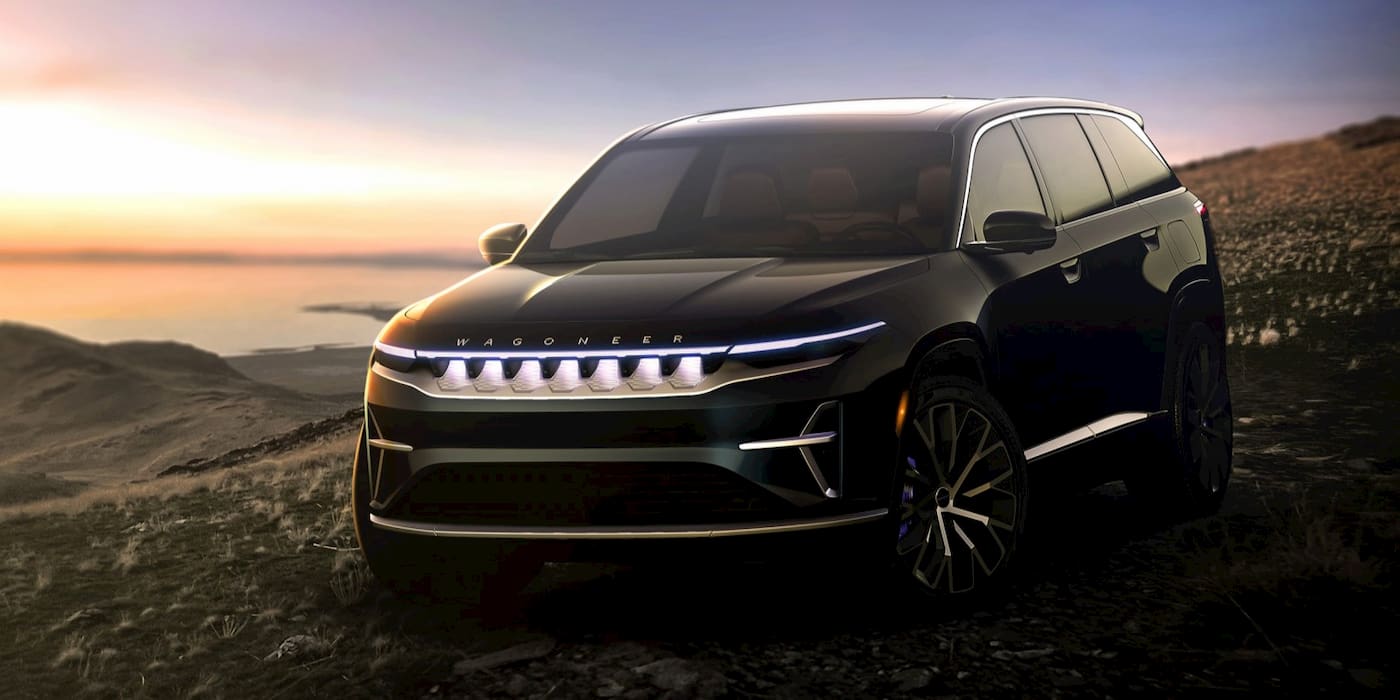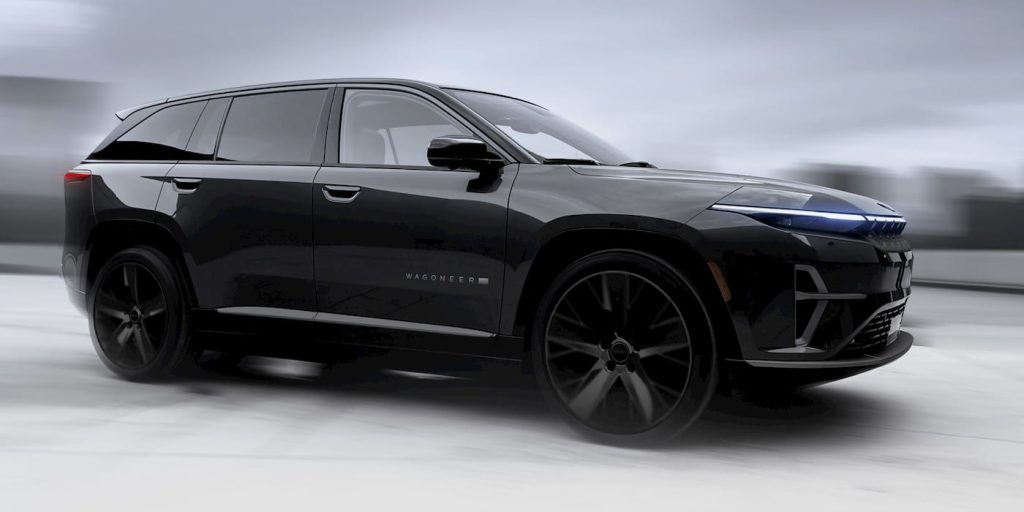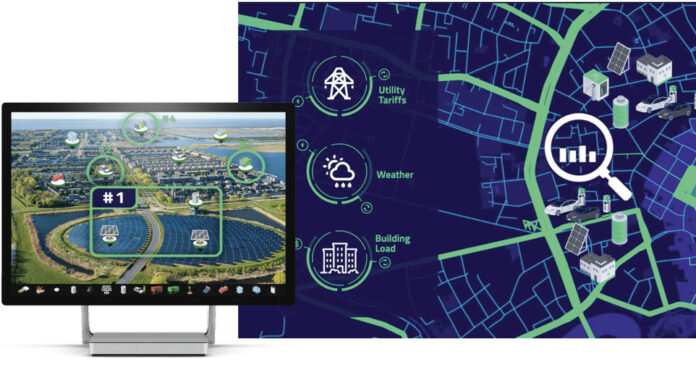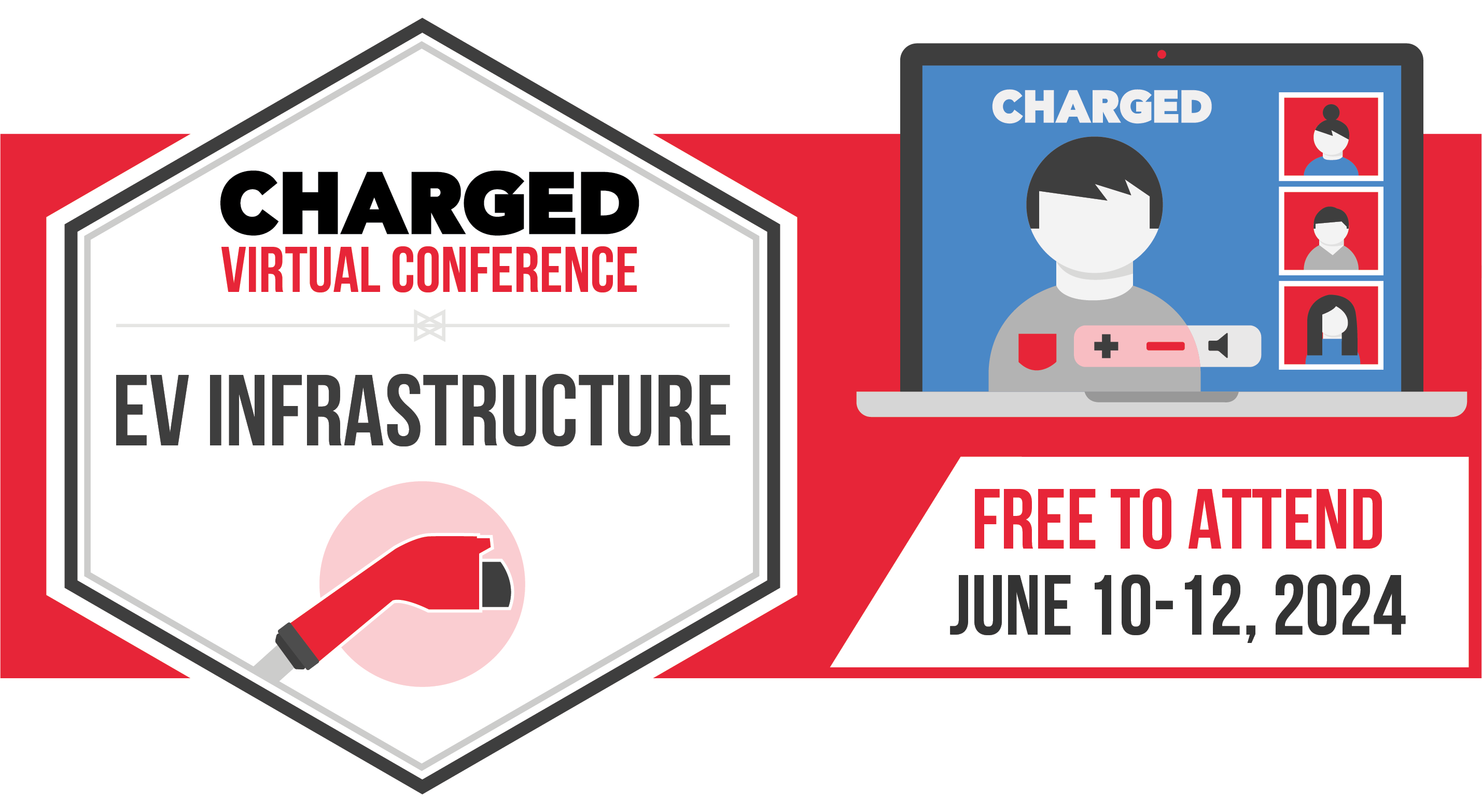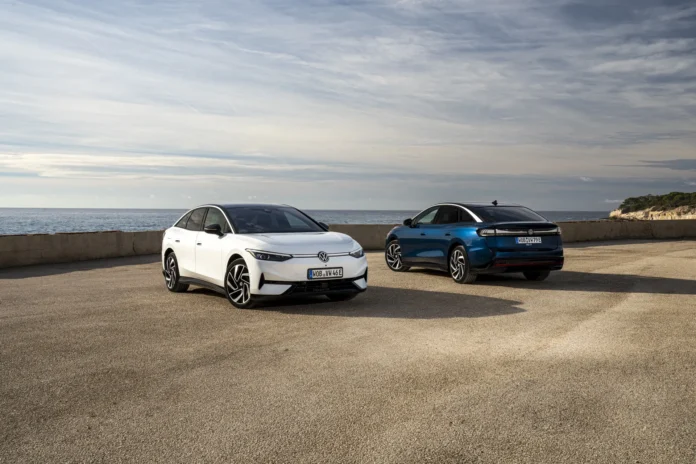

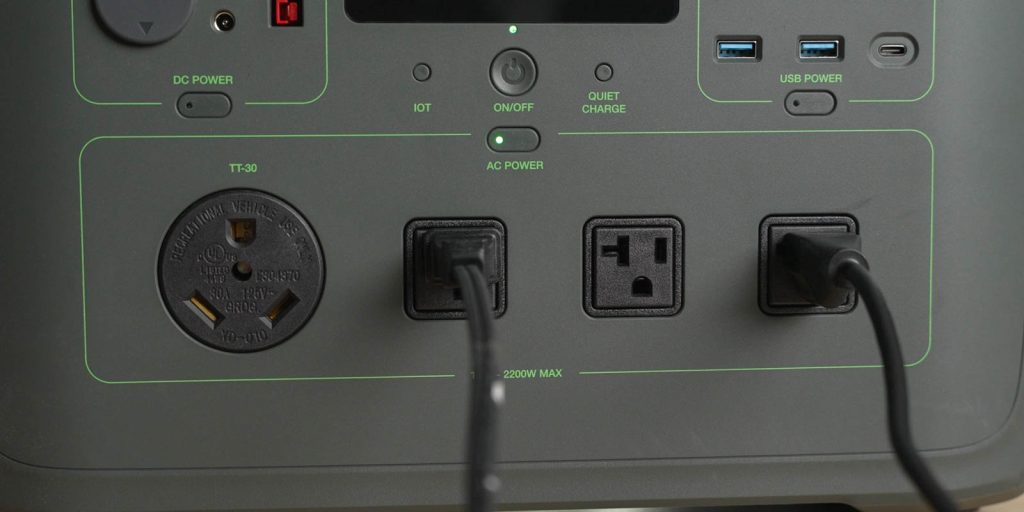



Portable power stations are a great way to take adventures to the next level but they also serve plenty of purpose at home when the power goes out. And, they getting even more versatile with products like this, the Growatt INFINITY 2000. This new portable power station can be expanded from 2048Wh of capacity up to 6144Wh and features a huge assortment of outputs for a wide variety of adventures. Be sure to hit the video below to see all of the details.
Growatt INFINITY 2000: Video
Overview
Big, versatile power is the name of the game with the Growatt INFINITY 2000. With 2048Wh of capacity and 2200W AC output, its capable of powering nearly anything, anywhere.
Beyond its power and capacity, it also has a variety of ins and outs that make it even more useful. Standard AC outlets, 30A Anderson Outlets, and TT-30 AC outlets all make the INFINITY 2000 ready for a wide variety of uses.

Design
The overall layout is simple and effective. On the front is a screen and all of the outputs and on the right side of the INFINITY 2000 are the different input options. Two large, solid carrying handles make it easy to move despite being such a powerful battery pack.
Intrinsic to its design is the ability to stack expansion batteries on top of and beneath the INFINITY 2000. One the left side of the INFINITY 2000 is a port to connect a battery expansion. Two additional batteries can be connected and take the total capacity of the system up to 6144Wh. I love this modular design that allows the system to be expanded when more power needs arise or a budget allows.
Additionally, the expansion batteries each operate independently. Rather than depending on the main unit, this allows each battery to charge and discharge by themselves.
Growatt INFINITY 2000: Ins + Outs
The Growatt INFINITY 2000 has an impressive variety of outputs. There are dedicated buttons in each category to activate/deactivate a specific type of output.
In the top left are DC outputs. INFINITY 2000 has a 10A car outlet, two 3A barrel plugs, and a 30A Anderson outlet. On the top right are USB outputs. There are four USB-A fast charge outputs and two 100W USB-C outputs. Along the bottom are the AC outputs. First is a TT-30 plug followed by three traditional AC outlets.

For inputs, the INFINITY 2000 has an AC port and an XT-60 port for solar/vehicle input.
What impresses me the most is that the INFINITY 2000 incorporates the 30A Anderson outlet and a TT-30 plug. These are rare additions to portable power stations of this size and vastly increases its usability. Both of these outputs are huge benefits for RV owners and DIYers. They can make a direct connection to RVs and when combined with external batteries can make live off-grid last even longer.
Cold weather ready
Typically, batteries don’t like cold weather. But, the INFINITY 2000 is using LiFePO4 batteries and operation is guaranteed in conditions down to -22°F. While I don’t typically camp in the cold, that kind of performance ensures that the INFINITY 2000 will be ready to go in almost anywhere.
INFINITY 2000’s self-heating function also helps in day-to-day storage conditions which can get cold. Where competitors lack battery-saving self heating, the INFINITY 2000 ensures reliable performance in storage and in use.

Recharging the Growatt INFINITY 2000
Despite its massive capacity, the Growatt INFINITY 2000 can fully recharge in just 1.6 hours thanks to its fast charge AC capability. With fast charging on just AC power, the INFINITY 2000 pulls 1,800W to get the battery back up to full lightning-fast.
In addition to the rapid charge, INFINITY 2000 has a quiet charging feature that will limit the input wattage to 400W which doesn’t require any active cooling. This mode is great for charging at night or when you don’t want to be disturbed.
EPS with AC/DC Auto On
Another benefit of the INFINITY 2000 is its EPS, or Emergency Power Supply mode. This gives an instant AC startup after a power outage. This is a huge benefit for people who work from home and want to be prepared in case of power outages. I always have my working computer plugged into some form of battery backup.
Wrapping up
If you’re in the market for a portable power station with the capacity to power adventures at home and off the grid, the Growatt INFINITY 2000 is a great choice. I always make sure to have one of these along with me anytime I am on location filming.
From May 20 to June 6, get a free 100W solar panel with a purchase of the INFINITY 2000.

Source link
#Growatt #INFINITY #Versatile #power


